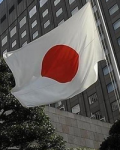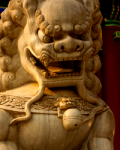-
Where Chinese travellers spend, what they expect
September 10, 2015
HOTELS are increasingly aware of both the spending power of Chinese travellers and their expectations – 37 per cent of the wealthiest travellers nominate Australia at the top of their wish-list . . .





